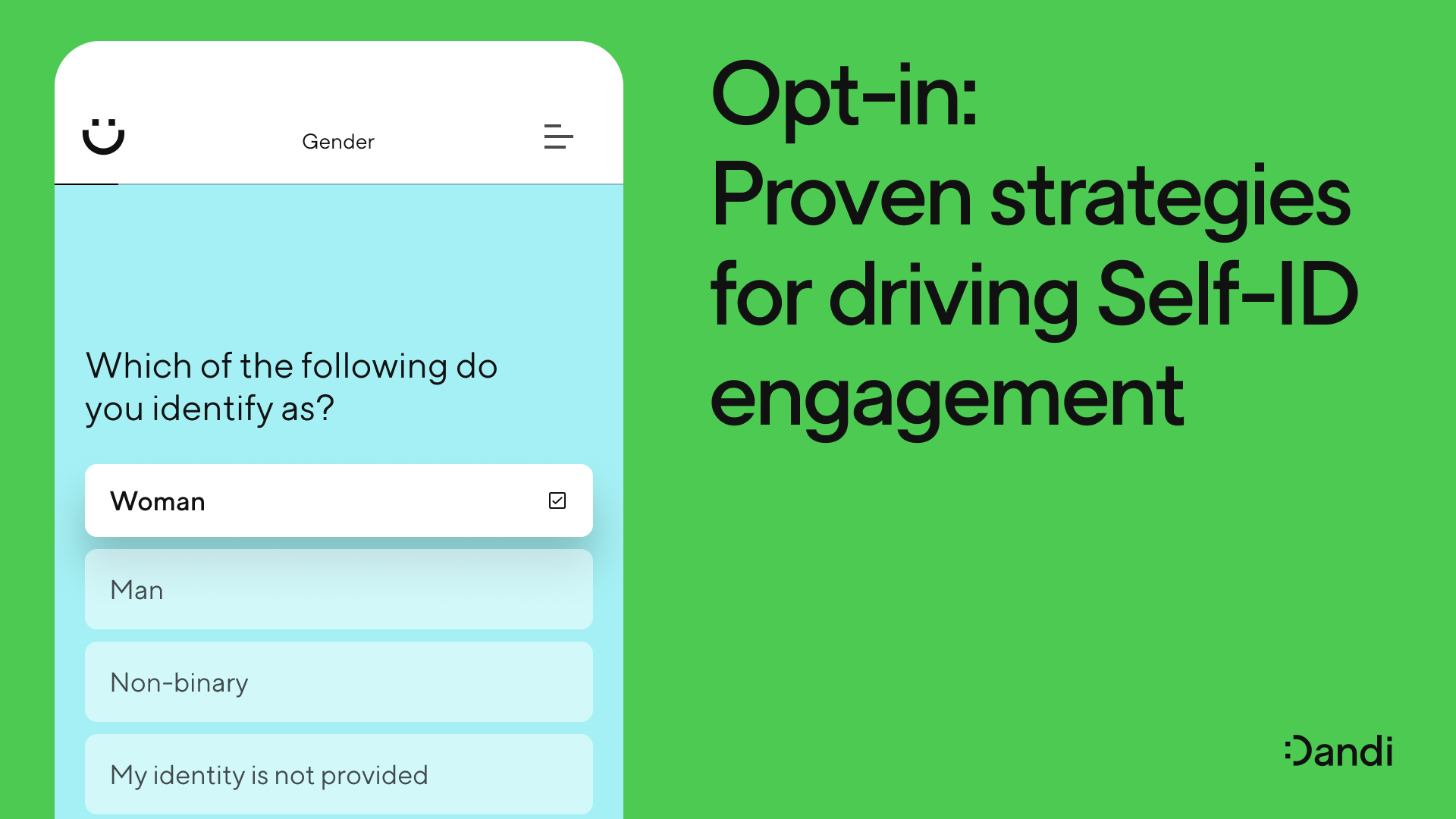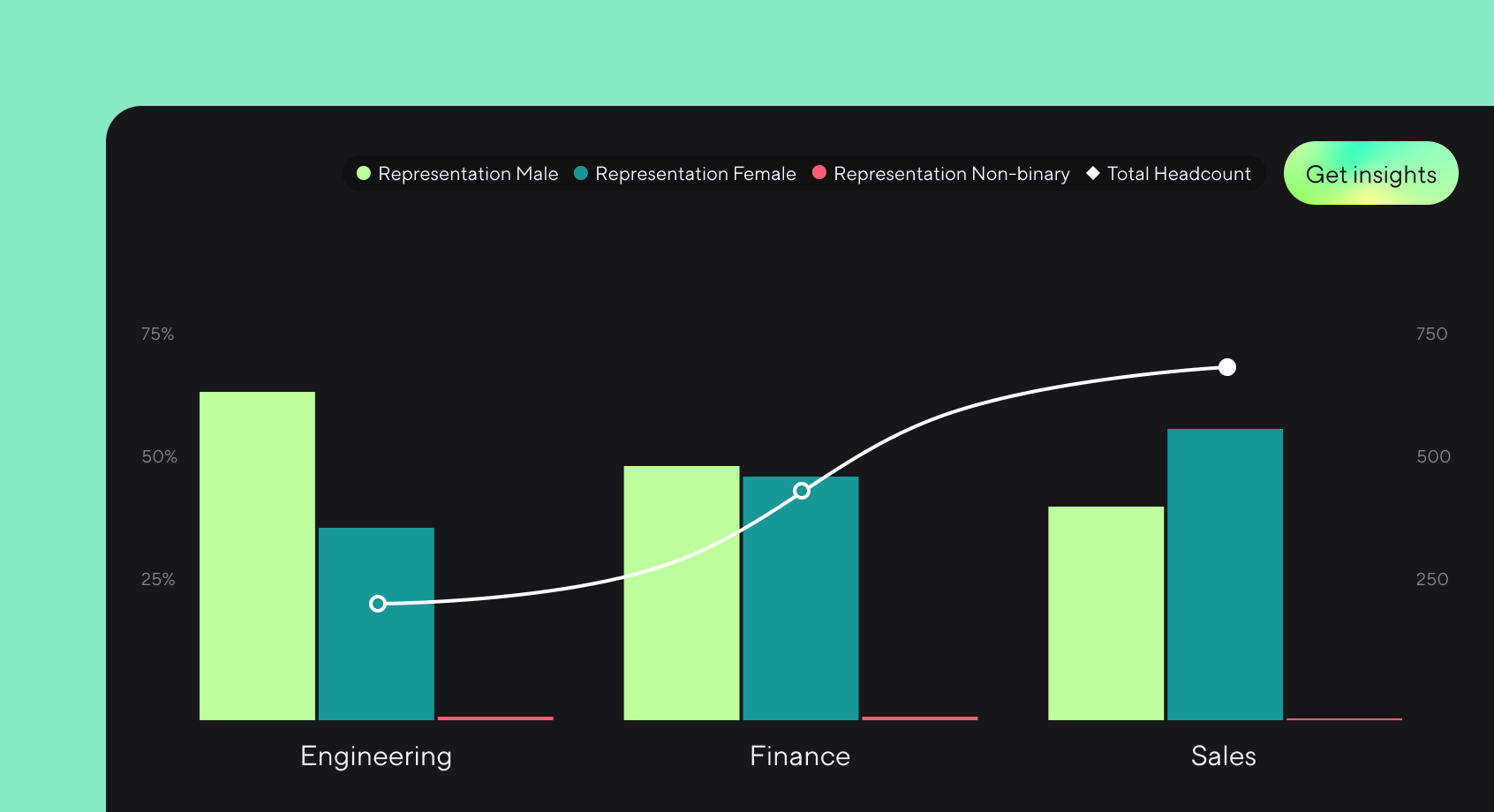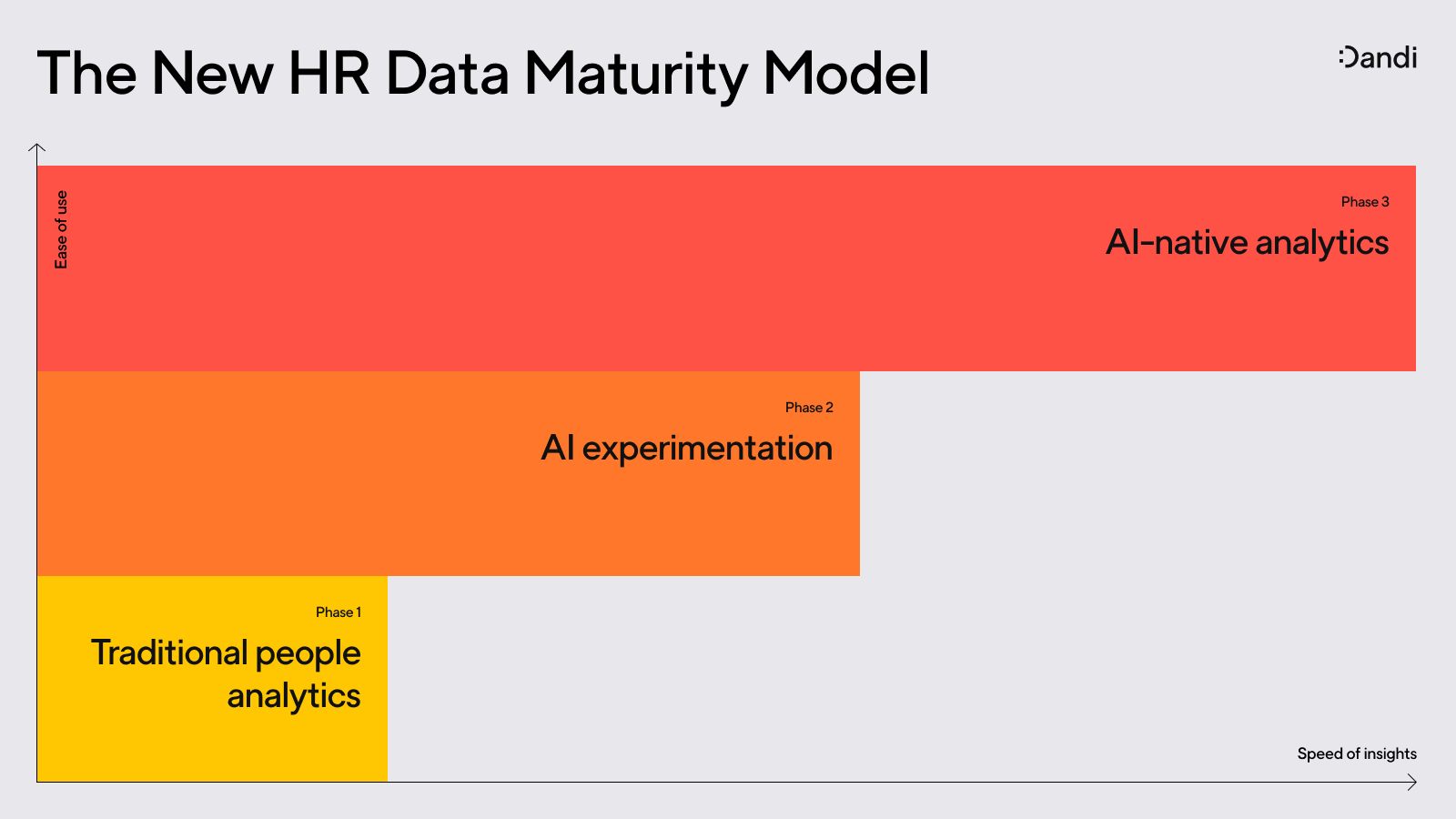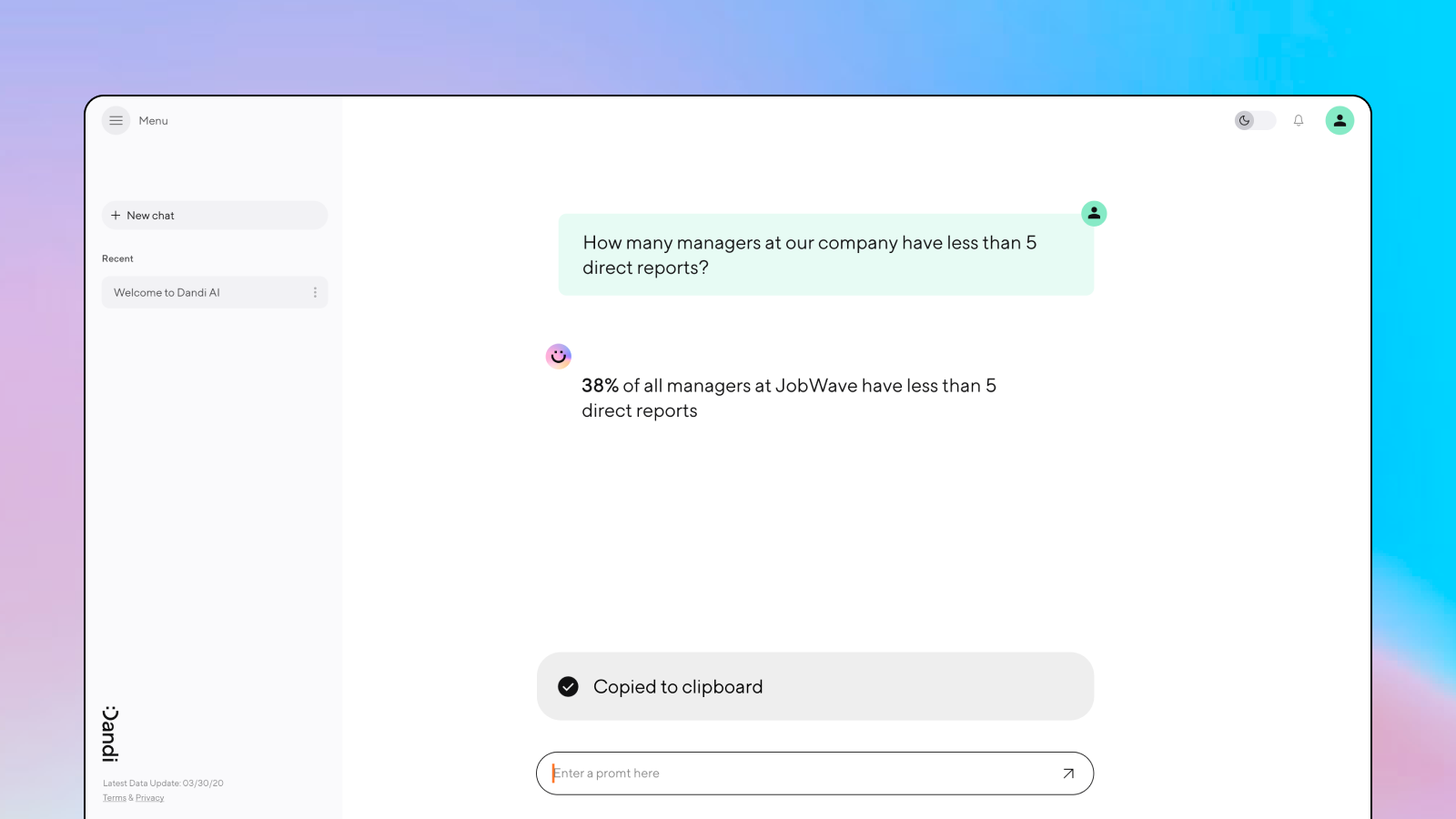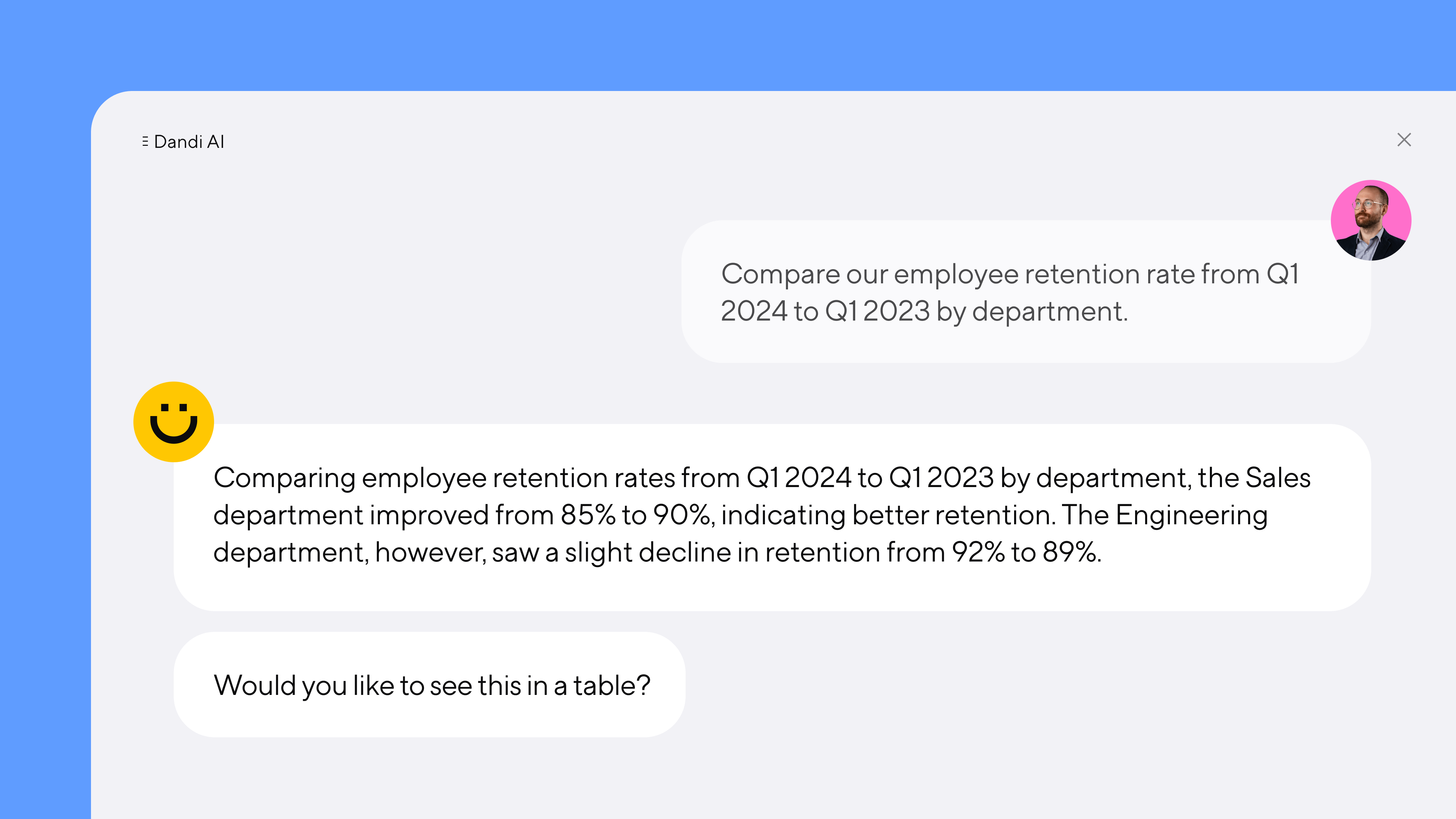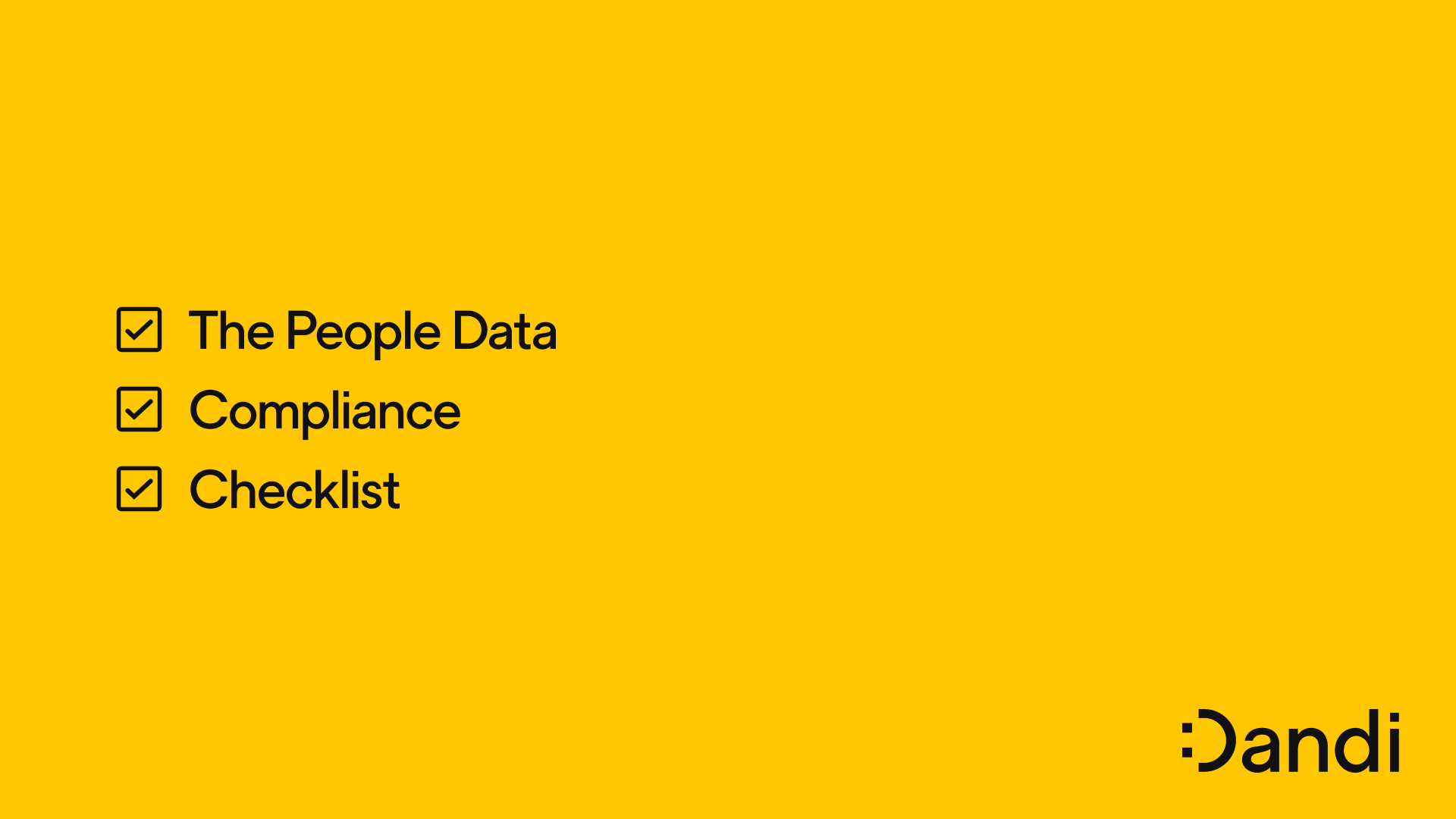5 essential EX dashboards
Catherine Tansey – Apr 10th, 2024
A strong employee experience (EX) is one of your organization's strongest levers for attracting and retaining top talent. See how to track the metrics that matter for EX.
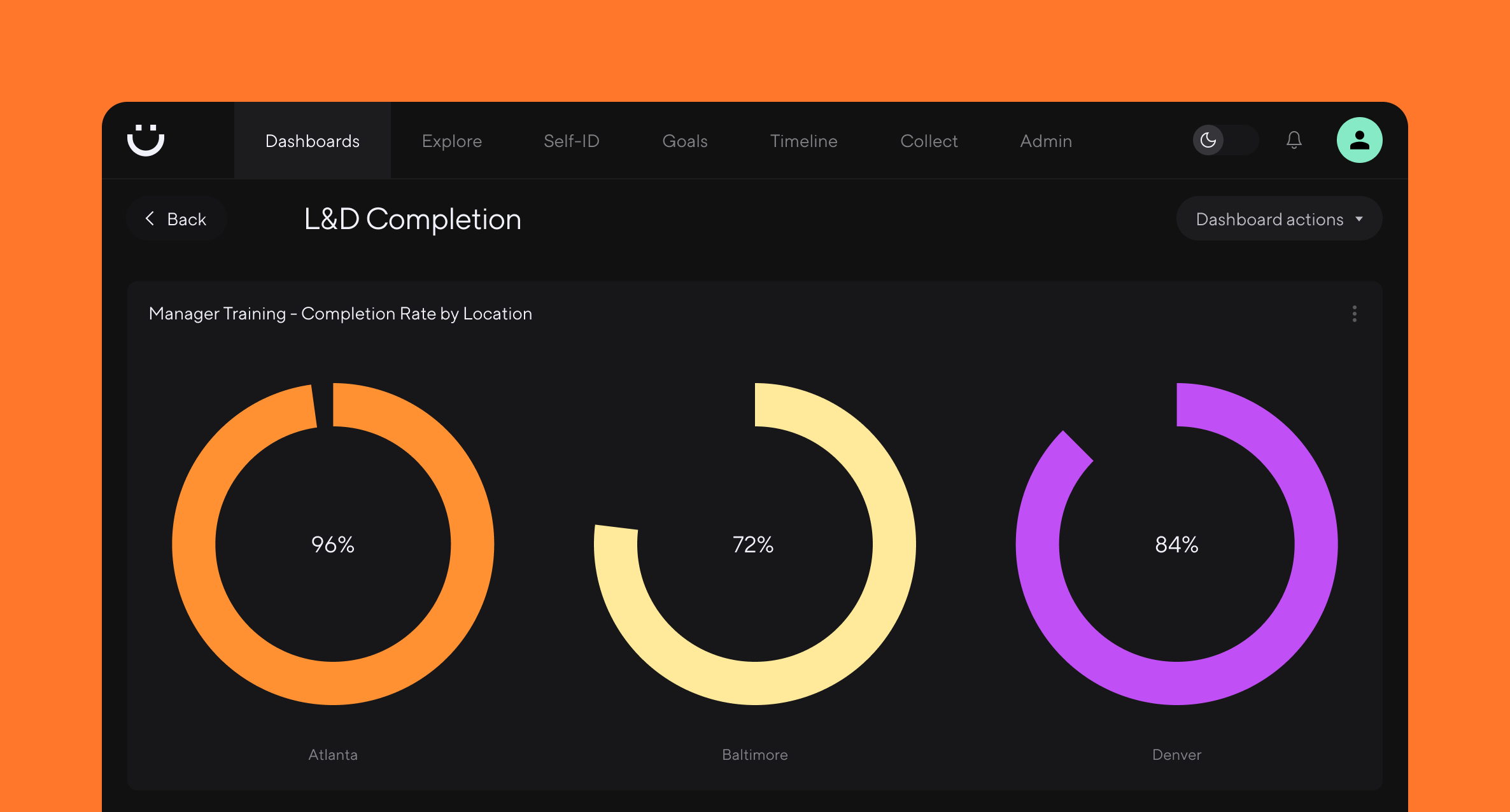
When exceptional, the employee experience not only fosters retention but also fuels employee referrals, attracts top talent, increases productivity, and can lead to greater revenue and shareholder returns.
Read on to explore 5 data-driven methods to gain a deeper understanding of employee experience.
Career development
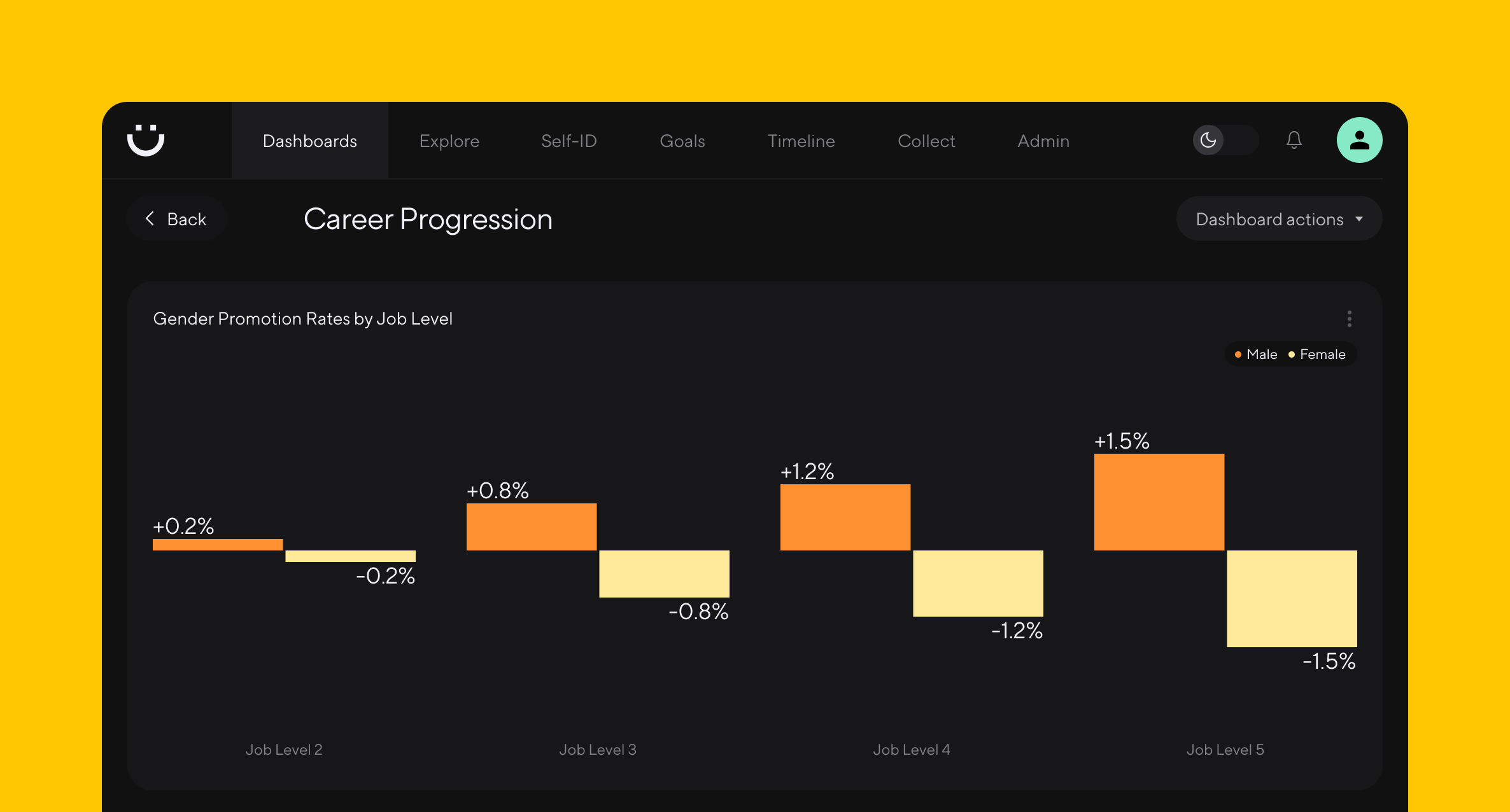
Finding gaps in opportunity can help you eliminate costly turnover and better retain top talent.
Career development consistently tops the list of most-desired employee benefits. Both job seekers and tenured employees seek more than just competitive pay and good benefits packages; they also want tangible commitments from their employer for learning and development.
Career development consistently tops the list of most-desired employee benefits.
Good career development doesn’t just attract individuals, it makes the ones who are already in the door more likely to stay. The opposite is also true: A study by the nonprofit research group The Conference Board found that 58% of employees say they’re likely to leave if they don’t receive professional development opportunities.
Yet, crucially, not everyone receives these opportunities equally. The same survey found that BIPOC are less likely to have opportunities for growth and development available to them. Specifically, Black employees are 38% and 37% more likely to say they face a lack of resources and opportunities, respectively, as compared to white workers, while Latino workers are 35% and 37% more likely to say they face a lack of resources and opportunities than their white counterparts.
Compensation
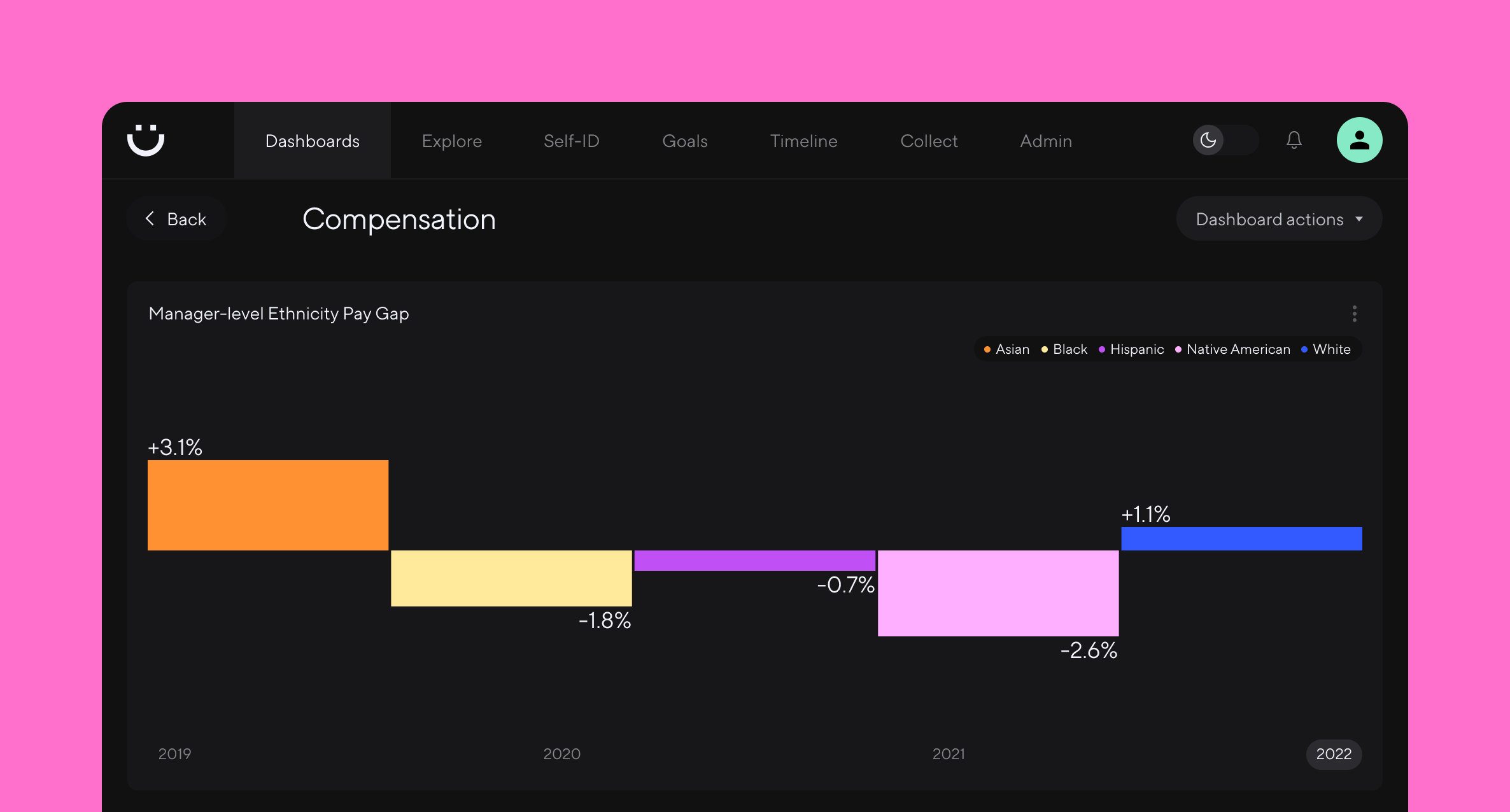
While there’s been much talk post-pandemic about what matters more to employees than pay (flexibility, for some), salary remains the most important factor for many.
According to Gallup, almost two-thirds (64%) say that a significant increase in salary or benefits is “very important” in any job they’d consider as their next role. The research firm also notes that “Throughout Gallup's historical workplace research, pay has been one of the most important factors when accepting a new job offer.”
Competitive and fair pay not only attracts new employees but encourages tenured workers to stay. Yet pay gaps persist across race, gender, and ability — diluting the chances of “fair” pay.
64% of employees say that a significant increase in salary is very important in any job they'd consider.
Companies need to take an intersectional approach to understanding compensation to find and remedy the most significant gaps, which reflect systemic disadvantage.
Real-time salary info lets employers stay in tune with market shifts and tweak their packages as needed. This not only attracts new talent but also assures current staff they're being compensated fairly. With this data, employers can spot retention issues early and take action before it's a problem.
Benefits & training

Salary is just one form of compensation, but equity, healthcare, L&D opportunities, and wellness programs can be significant drivers of employee satisfaction and engagement.
Benefits have long been a core differentiator for competitive companies, and recent data suggests this trend shows no signs of slowing down. Mercer’s Employee Benefits Survey found that 64% of large employers were planning to enhance their health and well-being benefits offerings for 2024.
Well-being benefits, in particular, may be worth focusing on for companies looking to boost the employee experience and support DEI efforts at the same time. Recent research by socialists Frank Dobbin and Alexandra Kalev finds that implementing "wellness programs" like paid family leave, flexible workplace arrangements, and support with childcare improves workplace equity.
Dobbin and Kalev’s research found that at companies with greater emphasis on these kinds of wellness programs Black, Hispanic, and Asian American male and females fared better, and their percentage in management “increased significantly.” This was true for white female managers, too.
Tracking benefits allows companies to understand which benefits matter most to employees to best allocate resources and implement competitive benefits packages.
Organizational change
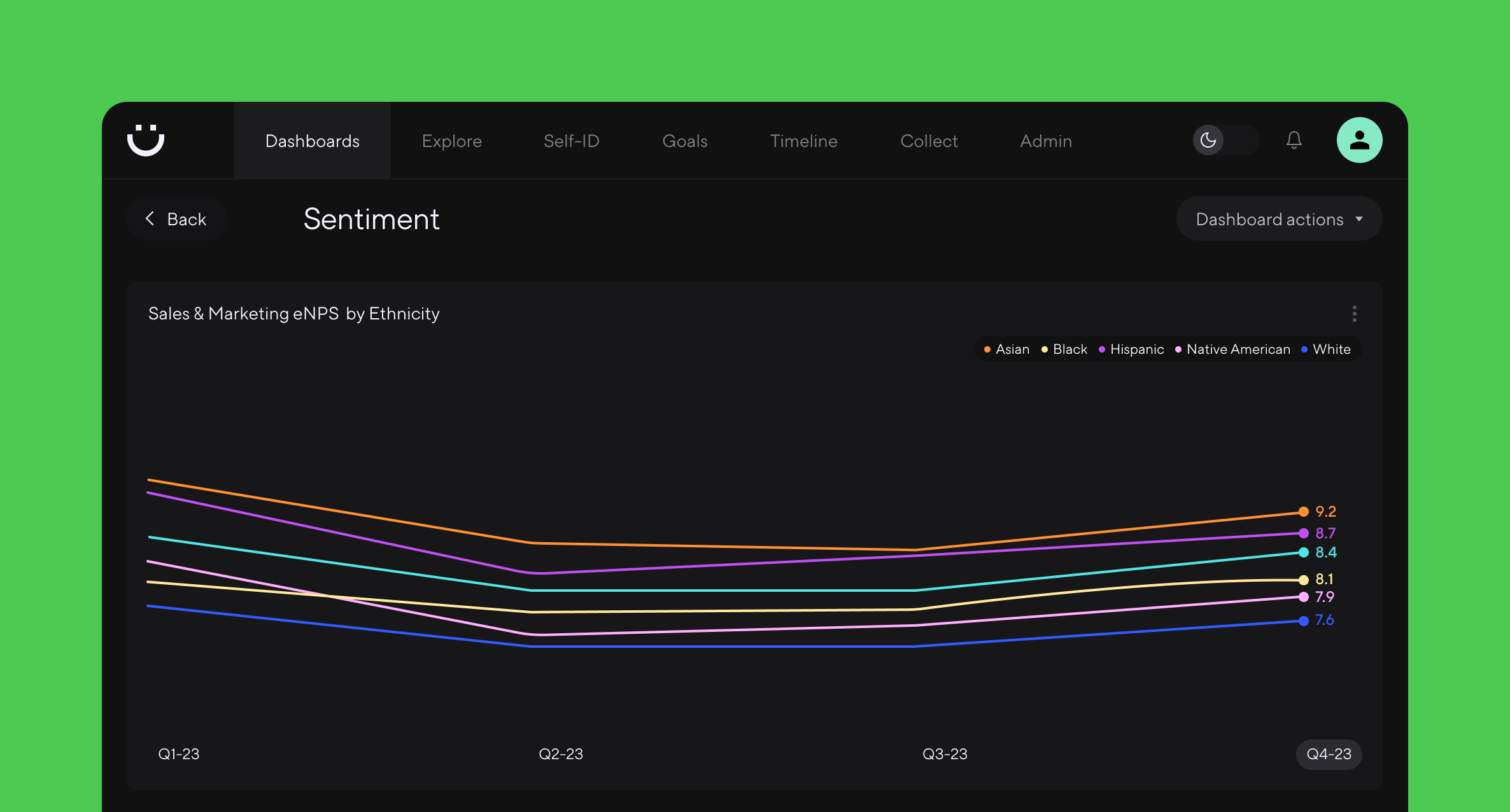
Be it a reorg, executive departure, acquisition, or crucial new product launch, today it’s not just the pace of changes that’s increasing but the volume, too.
When employees become overwhelmed by incessant change, they sometimes experience change fatigue — a lead indicator that employees are hurtling toward burnout, or even getting ready to give their notice.
Gartner’s Top 5 HR Trends and Priorities for 2024 research found that employees experiencing change fatigue are almost twice as likely to leave the company (43%), and a third more likely to report lower levels of trust in the organization.
Employees experiencing change fatigue are almost twice as likely to leave the company.
This data gives a helpful baseline idea of the top-line effects of organizational change on the workforce. But it can take weeks, months, or years to truly understand the specific impact of the kinds of seismic changes mentioned above at the organizational level. Companies need to be able to isolate and identify the impact in the data so they can guide future decisions and change management strategies.
Turnover
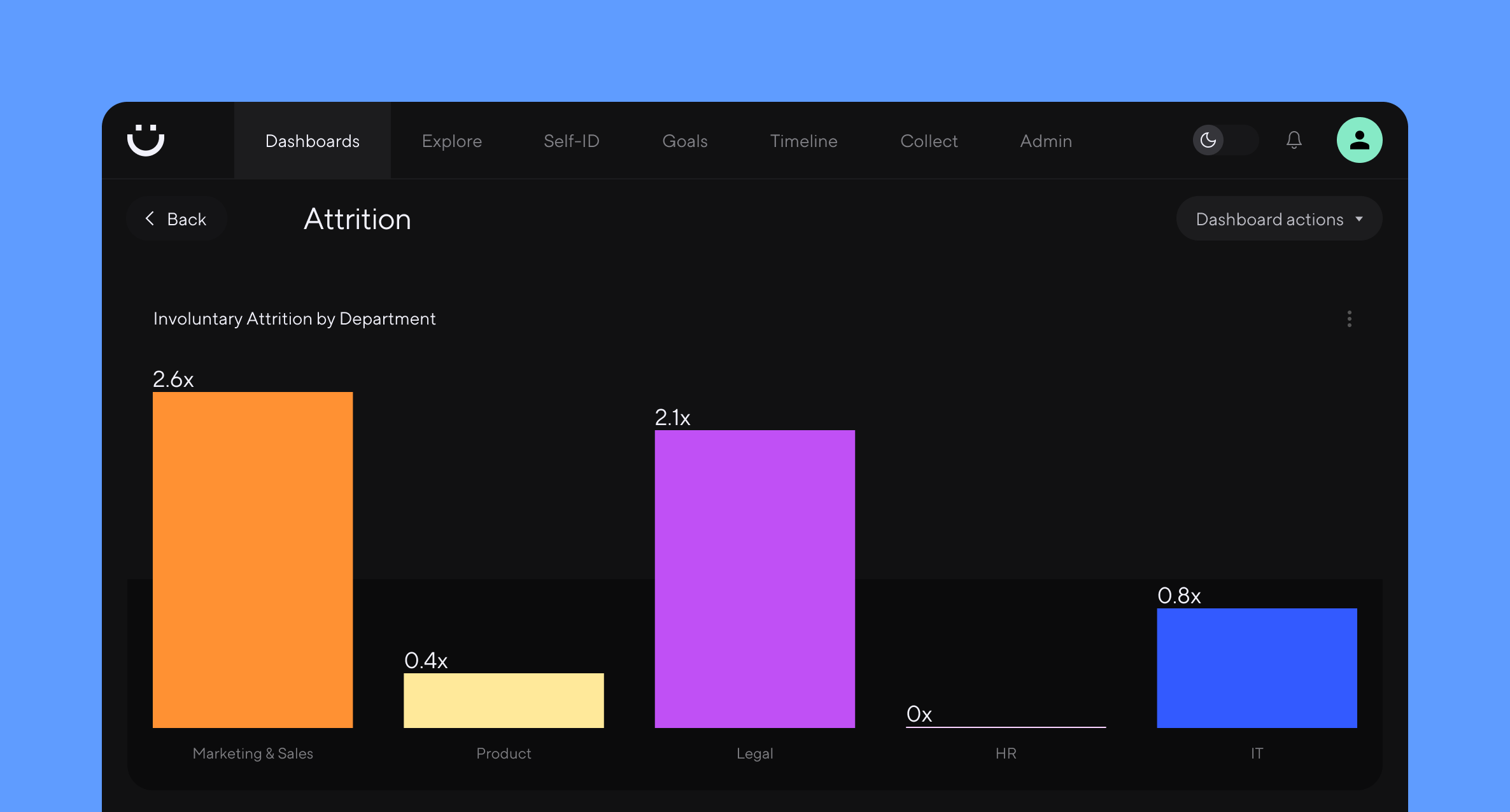
Turnover is a natural part of any business. But elevated rates of turnover are costly in more ways than one. Companies face the administrative costs of hiring a replacement and any severance pay but the intangible factors are costly, too. When employees leave, they take with them not only the skills to complete the tasks of their role but also the invaluable institutional knowledge they’ve gained during their tenure at the company.
The employee experience also takes a hit, with company culture and employee morale affected by unwanted turnover. Elevated rates of turnover means employees are regularly pivoting to keep up with the shifting expectations that accompany losing a teammate.
Yet when it comes to understanding what’s causing high turnover, companies are left in the dark without the data to illuminate the specifics of their company.
Companies need to establish a historical benchmark for turnover and identify the factors that are the most significant drivers of unwanted employee turnover.
Track the metrics that matter for EX
Investing in the employee experience pays dividends across the organization.
From keeping proven performers happy and engaged to attracting new top talent and boosting the bottom line, the employee experience is worth focusing on.
By examining areas like career development, compensation, benefits, organizational change, and turnover, companies can leverage data to gain deeper insights and address disparities.
Save hours on HR reporting. Learn more about Dandi reporting.
More from the blog
Announcing more powerful Dandi data visualizations
Team Dandi - Oct 23rd, 2024
The New Maturity Model for HR Data
Catherine Tansey - Sep 5th, 2024
Buyer’s Guide: AI for HR Data
Catherine Tansey - Jul 24th, 2024
Powerful people insights, 3X faster
Team Dandi - Jun 18th, 2024
Dandi Insights: In-Person vs. Remote
Catherine Tansey - Jun 10th, 2024
Introducing Dandi AI for HR Data
Team Dandi - May 22nd, 2024
5 essential talent and development dashboards
Catherine Tansey - May 1st, 2024
The people data compliance checklist
Catherine Tansey - Apr 17th, 2024
5 essential EX dashboards
Catherine Tansey - Apr 10th, 2024
Proven strategies for boosting engagement in self-ID campaigns
Catherine Tansey - Mar 27th, 2024
